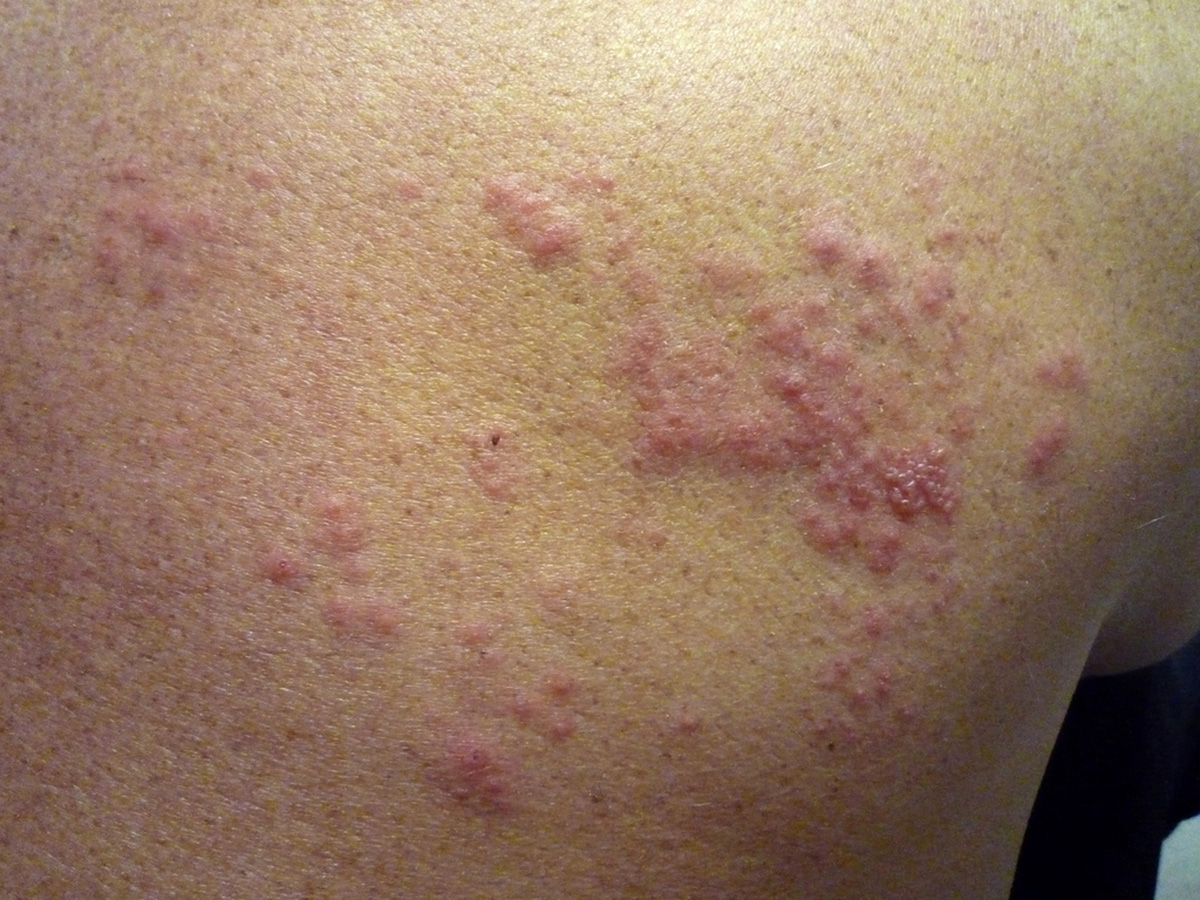Table of Contents
A virus that can remain in your body long after symptoms of the illness have resolved may sound frightening, but the shingles virus does just that.

The Virus That Remains Inside
When a person becomes infected with chickenpox, they develop symptoms such as fever, headache, and a sore throat. The infection also causes an itchy, red rash. The rash starts as small, red bumps, which may look similar to an insect bite. The bumps develop into fluid-filled blisters that eventually burst and scab over. Although any age group can be affected by chickenpox, it is much more common in children. [1]
Most people who get chickenpox recover in a week or two. What is unusual about the virus is it stays in the body. Although the virus remains in the body, it is dormant, which means it is not active and does not cause illness. For reasons that are not fully understood, however, the virus can become active again, and when it does, it causes shingles.
The exact reason the virus reactivates is not clear, but having a condition which weakens the immune system is considered a risk factor. For example, people who are undergoing treatment for cancer are at an increased risk of developing shingles. The immune system may also be lower during times of stress. The risk of the virus reactivating also increases with age. [2]
According to the American Academy of Dermatology, people over the age of 50 get shingles more often than younger adults. [3]
Symptoms of shingles usually start with tingling or pain in one specific area of the body. After a few days, a rash appears where the pain was. The rash, which later forms blisters, usually appears on one side of the body, and the face and truck are often affected. After about ten days, the blisters form scabs. Additional symptoms may also occur and include fever, an upset stomach, chills, and headache.
Treatment For Shingles
Treatment for shingles is administered to ease symptoms and decrease the severity of the virus. Since shingles can be very painful, doctors prescribe pain medications. If over the counter pain medication is not helpful, prescription drugs may be needed. In some cases, pain from the shingles rash can last even after the rash has cleared. Non-steroidal anti-inflammatory drugs (NSAIDs) or opioids may help to decrease pain. [4]
Antiviral medication may be advised in some instances. There are different antiviral medications, which may be prescribed and started within 72 hours after the symptoms started. The medication does not cure the condition, but it can reduce the severity of the illness and decrease the amount of time the pain lasts.
Side effects of antiviral medication are very uncommon, but can include [4]:
- Feeling sick
- Vomiting
- Diarrhea
- Abdominal pain
- Headaches
- Dizziness
Corticosteroids may also help decrease painful inflammation and may be recommended.
Medications, including anesthetic creams and pain patches, may help.
Certain types of anti-depressants and seizure medications also may reduce pain related to shingles. [4]
Additional treatment will be needed if complications develop. For example, for lasting nerve pain from shingles, nerve blocks may be injected into the body. According to the Centers for Disease Control and Prevention, symptoms usually clear up in within four weeks.
- Photo courtesy of rosmary by Flickr: www.flickr.com/photos/rvoegtli/3119175164
- Photo courtesy of rosmary by Flickr: www.flickr.com/photos/rvoegtli/2967199992

